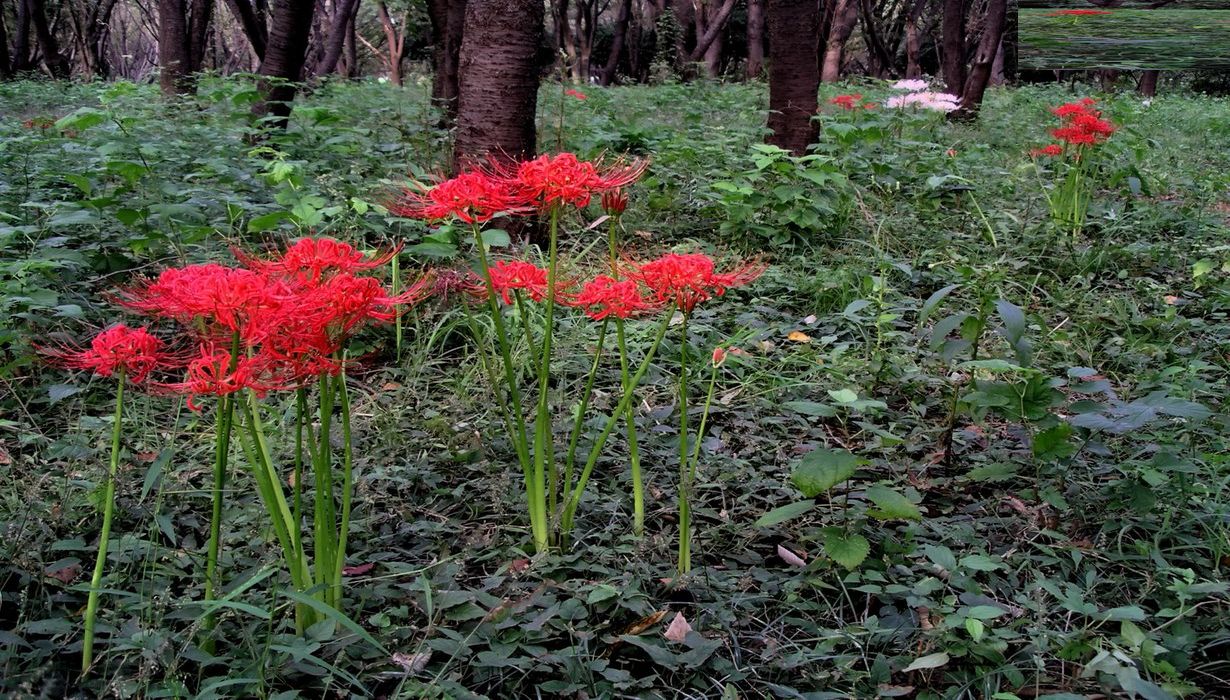
Lycoris, also known as the spider lily, is a captivating flower with a rich history and unique characteristics. Native to East Asia, this plant is famous for its vibrant red blooms and intriguing growth patterns. Did you know that Lycoris flowers often appear before their leaves? This unusual trait has earned them the nickname "naked ladies." These flowers are not just pretty faces; they hold cultural significance in countries like Japan and China, symbolizing the fleeting nature of life. Lycoris thrives in well-drained soil and can be a stunning addition to any garden. Ready to learn more? Here are 30 fascinating facts about this remarkable plant!
30 Facts About Lycoris
Lycoris, also known as the spider lily, is a fascinating plant with a rich history and unique characteristics. Let's dive into some intriguing facts about this captivating flower.
Origins and History
The origins and history of Lycoris are as colorful as the flowers themselves.
- Native to Asia: Lycoris species are primarily found in China, Japan, and Korea.
- Ancient Cultivation: These flowers have been cultivated for centuries, often associated with traditional festivals.
- Mythological Roots: In Japanese mythology, Lycoris is linked to the afterlife and is often planted near cemeteries.
- Name Origin: The name "Lycoris" comes from a Greek word meaning "twilight," reflecting its mysterious allure.
Botanical Characteristics
Lycoris plants have some unique botanical features that set them apart from other flowers.
- Bulbous Plants: Lycoris grows from bulbs, which store nutrients to help the plant survive adverse conditions.
- Leafless Blooms: The flowers often bloom without any leaves, giving them a ghostly appearance.
- Color Variety: They come in various colors, including red, yellow, white, and pink.
- Spider-Like Petals: The petals are long and thin, resembling spider legs, hence the nickname "spider lily."
Growing Conditions
Understanding the growing conditions of Lycoris can help gardeners cultivate these beautiful flowers successfully.
- Prefers Shade: Lycoris thrives in partial shade, making them ideal for woodland gardens.
- Moist Soil: They prefer well-drained, moist soil to grow optimally.
- Dormant Period: These plants have a dormant period in summer, during which they require little to no water.
- Hardy Plants: Lycoris can withstand cold temperatures, making them suitable for various climates.
Cultural Significance
Lycoris holds significant cultural importance in various parts of the world.
- Japanese Festivals: In Japan, Lycoris is associated with the autumn equinox and is often seen during the Higan festival.
- Chinese Symbolism: In China, the flower symbolizes the cycle of death and rebirth.
- Korean Folklore: Korean legends often depict Lycoris as a flower that guides spirits to the afterlife.
- Poetic Inspiration: Many poets and artists have drawn inspiration from the ethereal beauty of Lycoris.
Medicinal Uses
Beyond their beauty, Lycoris plants have been used for medicinal purposes.
- Traditional Medicine: In traditional Chinese medicine, Lycoris is used to treat various ailments.
- Alkaloid Content: The bulbs contain alkaloids that have been studied for their potential medicinal properties.
- Pain Relief: Some compounds in Lycoris have been used historically for pain relief.
- Antiviral Properties: Research suggests that Lycoris extracts may have antiviral properties.
Interesting Tidbits
Here are some more intriguing facts about Lycoris that you might not know.
- Deer Resistant: Lycoris plants are resistant to deer, making them a great choice for gardens in areas with high deer populations.
- Late Bloomers: They typically bloom in late summer to early autumn, adding color to gardens when many other flowers have faded.
- Pollinator Friendly: These flowers attract pollinators like bees and butterflies, contributing to a healthy ecosystem.
- Cut Flower: Lycoris makes an excellent cut flower, adding a touch of elegance to floral arrangements.
Fun Facts
Let's wrap up with some fun and quirky facts about Lycoris.
- Fireworks Flower: In Japan, Lycoris is sometimes called the "fireworks flower" due to its explosive bloom pattern.
- Toxicity: While beautiful, Lycoris is toxic if ingested, so it's best to keep them away from pets and children.
- Longevity: These plants can live for many years, often blooming more profusely as they age.
- Propagation: Lycoris can be propagated by dividing the bulbs, making it easy to share with friends and family.
- Symbol of Farewell: In some cultures, Lycoris is seen as a symbol of farewell, often given to someone moving away.
- Scientific Interest: Botanists and horticulturists continue to study Lycoris for its unique properties and potential uses in medicine and gardening.
The Magic of Lycoris
Lycoris flowers, often called spider lilies, are more than just pretty blooms. They hold deep cultural significance in places like Japan and China, symbolizing rebirth and farewells. These flowers thrive in well-drained soil and can be a gardener's delight with their vibrant colors and unique shapes.
Despite their beauty, remember they are toxic if ingested, so keep pets and kids away. Their blooming cycle is fascinating, with leaves appearing in spring and flowers in late summer or fall. This unusual pattern adds to their mystique.
Whether you're a gardening enthusiast or just love learning about nature, Lycoris flowers offer a blend of beauty and intrigue. They remind us of nature's wonders and the stories every plant can tell. So next time you see a spider lily, you'll know there's more to it than meets the eye.
Was this page helpful?
Our commitment to delivering trustworthy and engaging content is at the heart of what we do. Each fact on our site is contributed by real users like you, bringing a wealth of diverse insights and information. To ensure the highest standards of accuracy and reliability, our dedicated editors meticulously review each submission. This process guarantees that the facts we share are not only fascinating but also credible. Trust in our commitment to quality and authenticity as you explore and learn with us.
